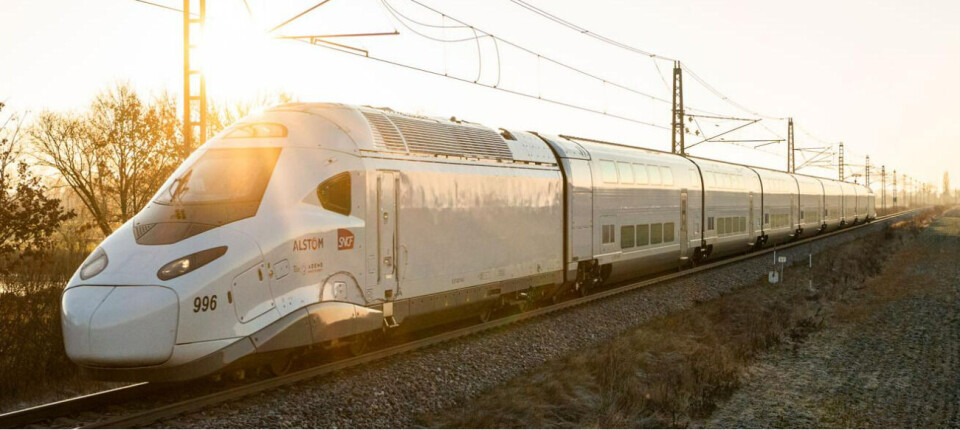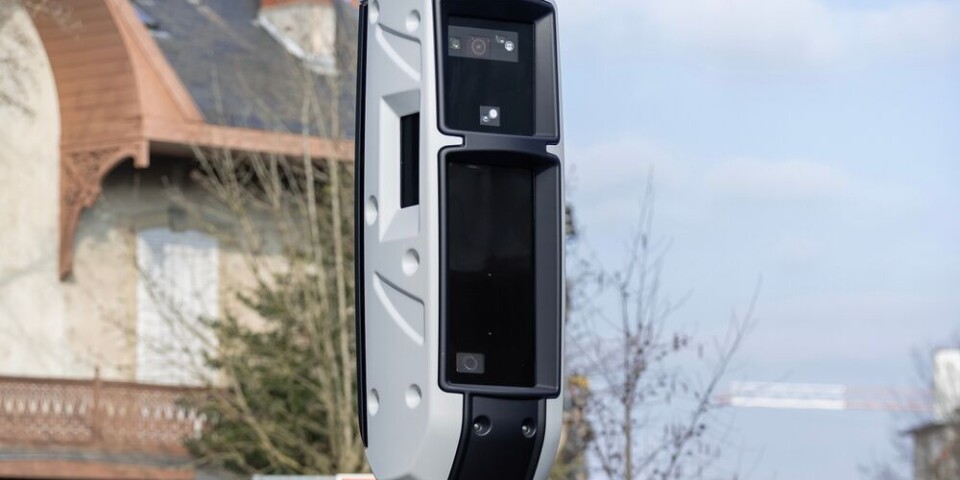-
Forgetting luggage on French transport can land you a hefty fine
Fines vary from €72 to €1,500 depending on the level of offence, with 360 items left per week
-
All about the new CDG Express, set to link Paris and CDG airport
The new service is scheduled to open in May 2027
-
Is it correct that a new London-Lyon Eurostar link is planned?
It is thought that a recent agreement could see the creation of more direct international train routes
Greener, faster, higher capacities: see new French TGV being tested
The new generation of TGV trains are due to start running from the end of 2024 and are successfully continuing their series of full-scale tests

The first test train for the 5th generation of TGV (called TGV M) is now undergoing high speed tests at the Velim site in the Czech Republic as part of its rigorous six-month testing period on a dedicated, closed loop of track.
A quoi ressemblera le TGV du futur ? À quelques mois de son premier voyage en France, le TGV M de @GroupeSNCF et @Alstom fait ses essais en République Tchèque.
— Margaux Fodéré (@FodereMargaux) February 10, 2023
Reportage à retrouver sur @Europe1 https://t.co/oR6Ar5Vv1q pic.twitter.com/yIbuKsoN7g
"The objectives are to validate the overall operation of the train, to remove the risks that appeared during the design phase in relation to the regulatory requirements and to adjust the numerical models accordingly. This phase takes place at speeds of up to 200 km/h," an SNCF spokesman told BFMTV.
Previous tests in France were conducted at a speed of 30 km/h. High speed tests were done gradually on the Velim Track, and it has now reached 200km/h. "It was successfully completed in less than a week. A very short time, well inside the forecasts," said the operator.
Functional development tests have also begun: braking without load and under load, pantograph tests of the electrical linkage, signalling tests (communication between the train and the ground infrastructure). "This key sequence is still in progress and aims to ensure compliance with the safety requirements for railway operations," SNCF added.
This is an important step for the "certification" of this new TGV manufactured by Alstom. So far 115 units have been ordered by the SNCF.
Read also: French railway fits innovative alarm system to stop wildlife accidents
Higher capacities and more environmentally friendly
This train offers 20% more capacity, i.e. a maximum of 740 seats instead of 634 in a conventional train set, thanks to an additional car (9 instead of 8) and a much more compact power train than the previous generations. But this TGV will be able to run with 7, 8 or 9 cars, which is a first.
The SNCF also emphasises the energy efficiency of the new TGV. Its new design, which contrasts with existing models, with a nose extended by 2.6 metres for greater aerodynamics, should enable future trains to save 20% of energy and emit 32% less CO2, according to Alstom.
Read also: French TGV train tickets for spring holidays now on sale
Trains will begin service in 2024
The next step will be to reproduce the configurations and contexts that the M generation may encounter throughout the life of the train, as well as the singular points of the network.
These new tests will be carried out on the national network, with traffic up to 320 km/h, by an accredited organisation. The tests will then be used to obtain the Marketing Authorization issued by the ERA (European Railways Agency).
Then, over a long period prior to commercial operation, several train sets will run throughout the national network in the spring to test the train's reliability in real operating conditions.
All functions will be tested, in particular those relating to passenger comfort. These tests will also be an opportunity for drivers and conductors to familiarise themselves with the new train.
At the end of all these tests, the TGV M will have benefited from a total of 350 weeks of testing and will have covered more than 1,000,000 km before the first customer boards the train at the end of 2024, if all goes well, to travel to Lyon, Marseille or Nice.
The TGV M is not a redesigned classic TGV, but a completely new train. The manufacturer Alstom has started from scratch in every respect.
The letter "M" stands for modularity, with the possibility of adjusting the number of cars on demand as closely as possible to market needs.
Another locomotive dedicated to climatic tests will leave the Alstom site in La Rochelle in mid-February for the site in Vienna, Austria, for climatic tests that are "crucial in the current context of global warming/disruption". For example, the train's resistance to winds of up to 160 km/h or to massive sunshine will be tested.
Related articles
60,000 free train tickets for young to go between France and Germany
























